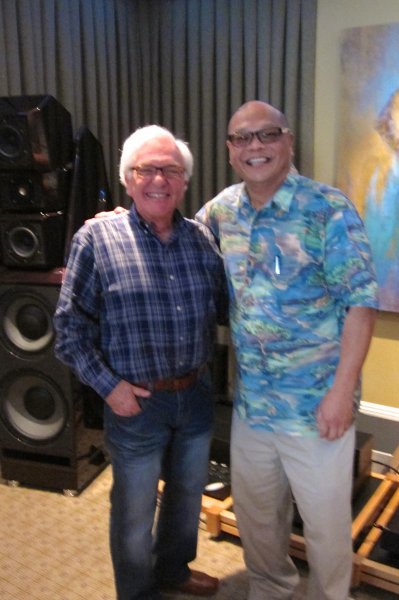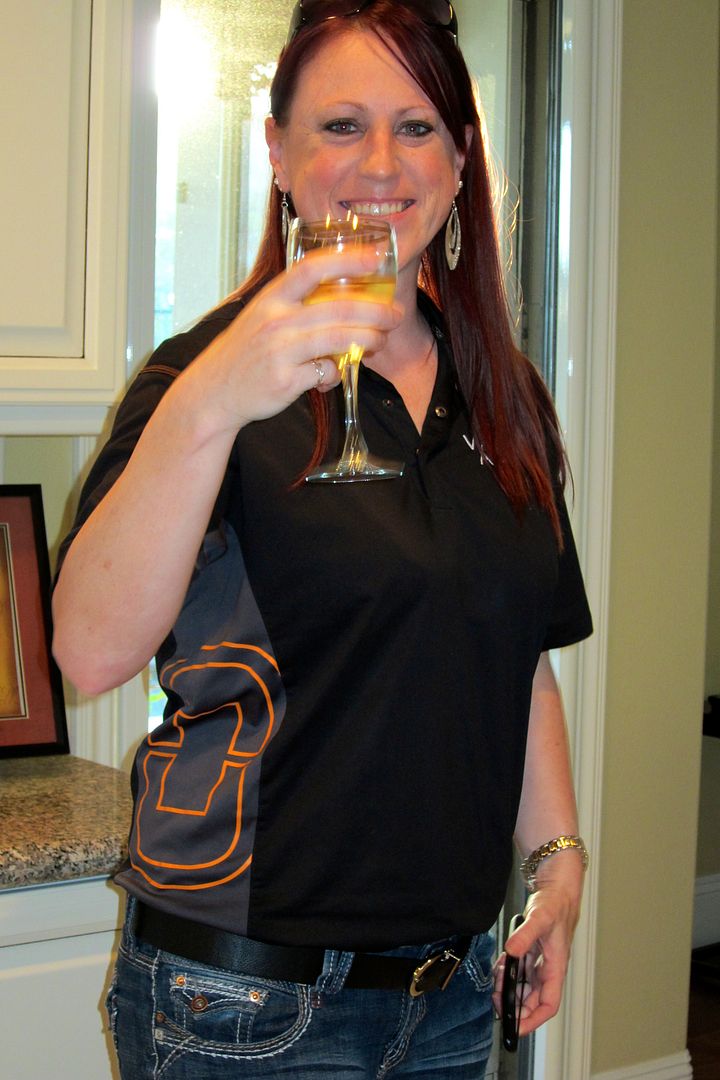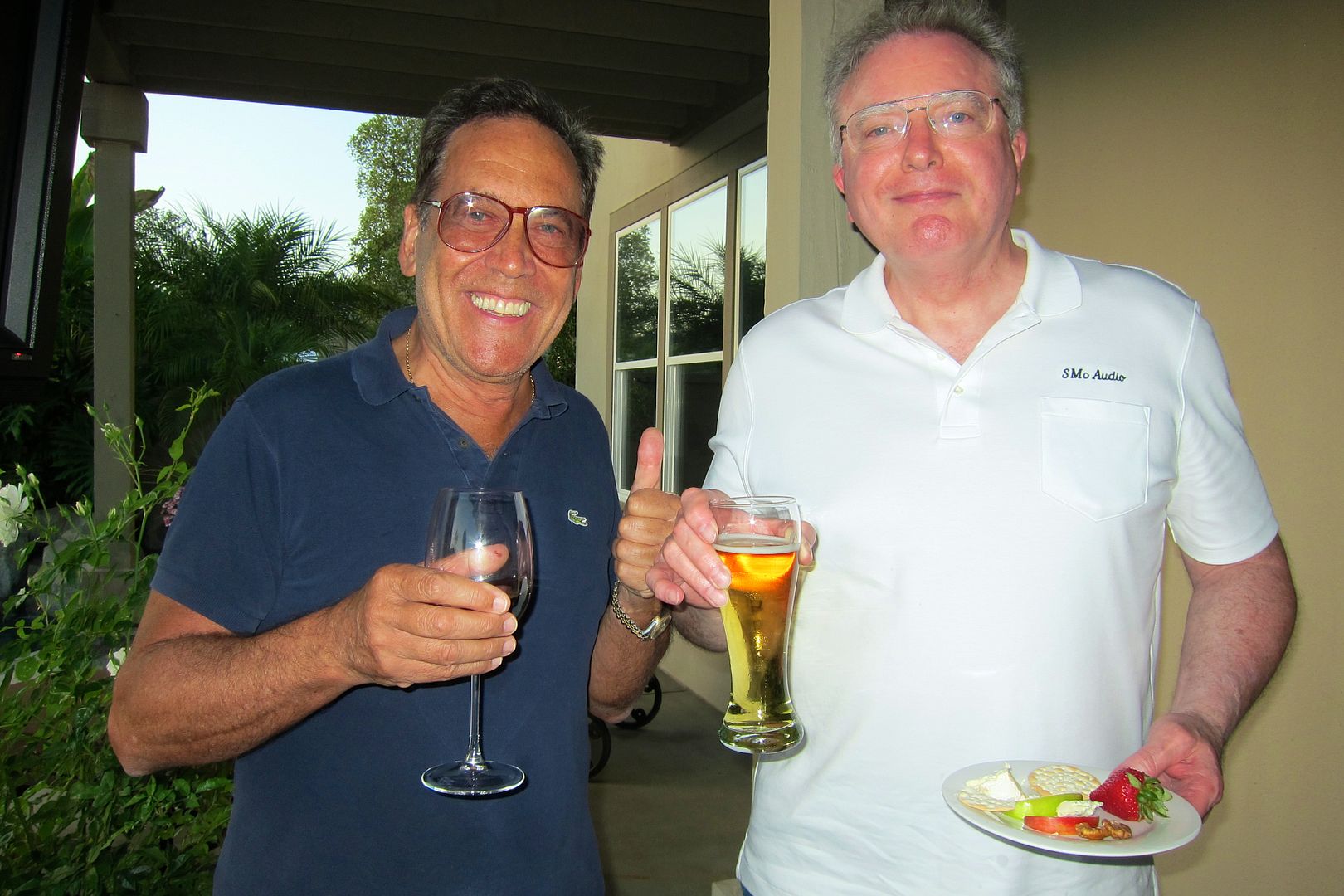As Stillpoint's are not distributed locally I have not been able to try them and I can not post opinions on them. However I have been using the similar Cerafamily products from Finite Elemente Germany http://www.finite-elemente.de/en/accessories/cerafamily for almost a decade and I can confirm their effect in many positions, most of the time inline with the effects being reported in WBF. As I got used to them I only notice them when I take them away  . IMHO, the more effective was the Ceraball Classic, although I never considered trying the Ceraball Slimline under the turntable - perhaps I should do it soon!
. IMHO, the more effective was the Ceraball Classic, although I never considered trying the Ceraball Slimline under the turntable - perhaps I should do it soon!
The Finite Elemente site is filled with technical explanations, such as http://www.finite-elemente.de/en/accessories/cerafamily/cera_technologie, and the reviews are also worth reading as they add some extra details on this type of devices.
The Finite Elemente site is filled with technical explanations, such as http://www.finite-elemente.de/en/accessories/cerafamily/cera_technologie, and the reviews are also worth reading as they add some extra details on this type of devices.




